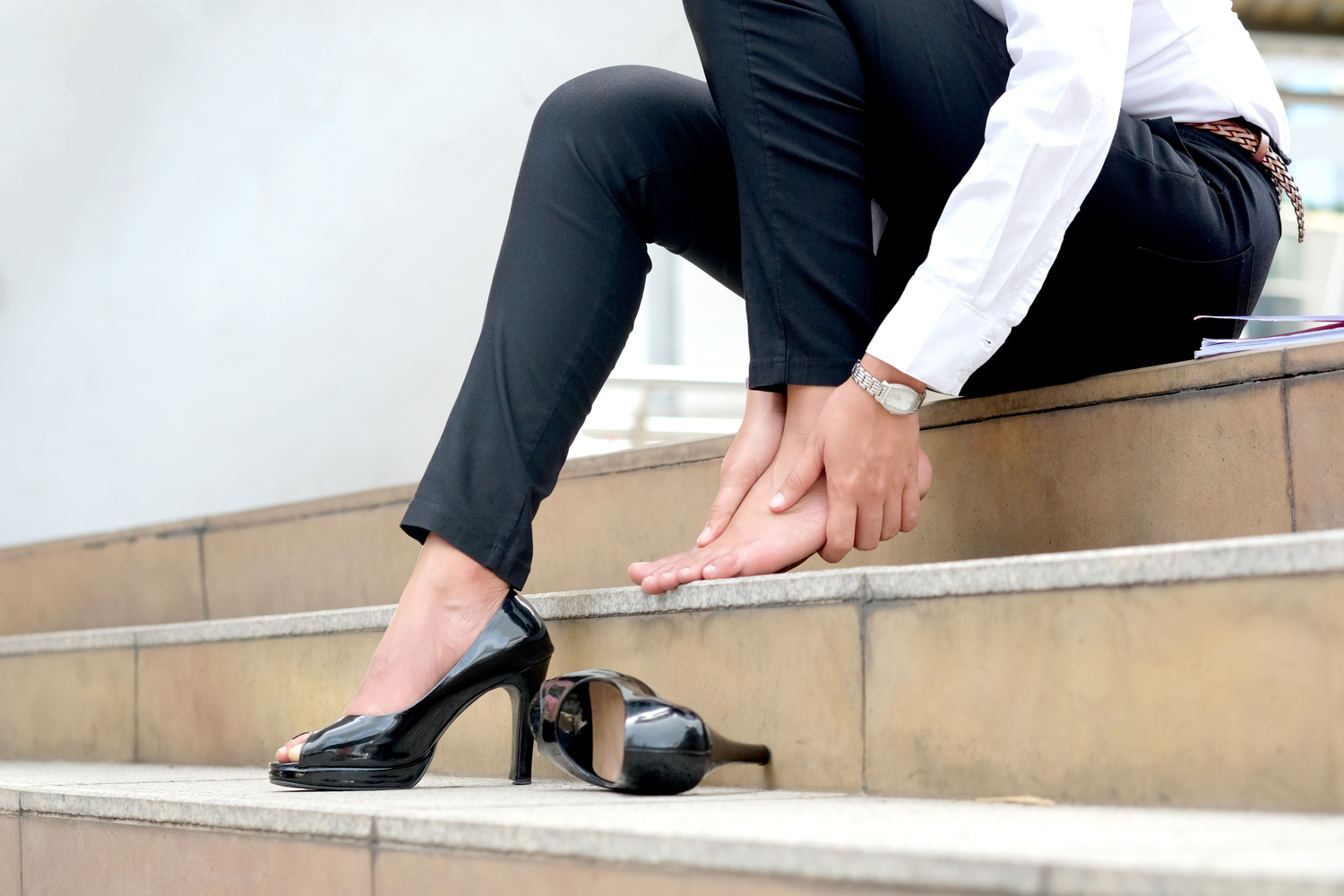Everything You Need To Know About A Bone Spur
Everything you need to know about a bone spur
Osteophyte, commonly known as bone spurs, develop when the human body works to a repair of a bone-related issue. It is an abnormal growth of bones mostly found in bone joints and other parts of bones. Bone spurs can cause pains and stiffness when bones rub against each other.
Which body parts develop bone spurs?
Bone spurs can be developed across various body parts, which include:

What are the causes of bone spurs?
- Bone spurs form when the body self-fixes a bone-related injury
- The damages caused by arthritis also results in bone spurs.
- In addition, various other triggers that cause bone spur include obesity; genes; overuse of bones, such as when running or dancing for a prolonged period; birth-related bone problems; and narrowing of the spine.
What are the symptoms of bone spurs?
Some of the common signs and symptoms associated with bone spurs are:
- Developing bumps under your skins.
- Feeling stiffness or pain while moving a joint.
- Experiencing weakness or cramps and muscle spasms.
- Having trouble in controlling your bowels.
- Feeling spine and bone-related nerve sensitiveness.
- Often feeling numbness and weakness in your legs or arms.
During severe situations, bone spurs can break and get stuck in the bone joints and obstruct body movements. This condition is known as “loose body”.
What is the diagnosis process of bone spurs?
An orthopedic specialist or rheumatologist is qualified to diagnose the problems of bone spurs. To diagnose bone spurs, the rheumatologist follows the below procedures:
- An X-ray scan on the affected body part to check the state of the joints.
- Doctors also prefer computed tomography (CT) scans to get a detailed view of your body.
- In crucial cases, a rheumatologist also uses the magnetic resonance imaging (MRI) technology.
- Furthermore, electroconductive tests are also conducted to identify the damaged bone and joint parts.
How to undertake bone spur treatment?
- In the initial stages, doctors prescribe painkillers such as naproxen sodium, acetaminophen, and ibuprofen. However, consuming of painkillers for a longer duration can result in various side effects on the body.
- Rest can also play a key role in bone spurs treatment.
- Steroid helps in reducing the pain and swelling linked to bone spurs.
- To improve bone strengths and sustain body movement, regular physical therapy works best.
- In severe cases, doctors may suggest removing the extra bone deposits through a surgery,
How to prevent bone spurs?
If your bone spurs are the result of arthritis, you can follow the below steps to control the impact of it:
- Ensure your shoes or footwear has a good amount of cushion, better support for the arch, and a wide toe area.
- Take help from professionals to design your footwear, specifically which perfectly fits your feet. This ensures that the bones do not get rubbed when you walk.
- Increase the amount of vitamin D and calcium in your diet.
- Avoid elevators and use stairs to climb as this will increase your bone strength.
- Regularly do various weight-bearing exercises.
- Ensure that you do not put on extra and unnecessary weight to your body.
- Consult a doctor immediately if you experience bone pains or notice any of the symptoms related to bone spurs. An early diagnosis and treatment help in controlling damages.
Bone spurs can obstruct the body movement and change the way you enjoy your life. The quality of life gets reduced drastically and you may experience stunted movement, rendering you immobile if you disregard the condition for too long. Therefore, it is wise to stay alert and take timely precautions with proper bone spur treatment. Consult your physician today, if you are facing bone related discomforts.